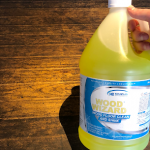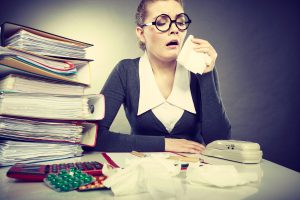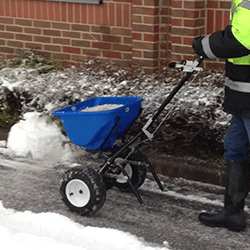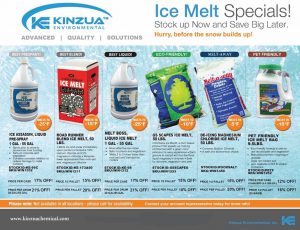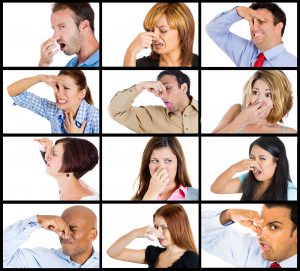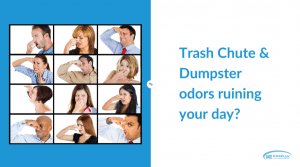How Do I Remove Mold & Mildew?
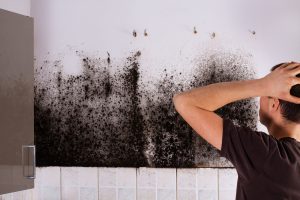
First, it's good to know the difference between the two. Both mold with mildew are fungi that thrive in warm areas that have a lot of moisture. One of the easiest ways to tell mold from mildew is how each fungus looks. Mold typically has a fuzzy or slimy consistency and it colored green or black. Additionally, it usually grows beneath wet surfaces versus on top. Mildew is typically a fluffy or powdery consistency and colored white, gray or yellow. Additionally, it grows on the surface of areas that are exposed to moisture and warm temperatures. When conditions are right, mold and mildew can grow in as little as 24 hours! Exposure can cause respiratory illness, eye irritation, illness and more, so it's important to treat this as early as possible.
Both mold and mildew are commonly found in both commercial buildings and residential homes. Mold is often found in both indoor and outdoor spaces that have gotten wet, such as sheds, crawl spaces, basements, and garages. Mildew is more often found indoors, such as bathrooms, showers, sinks and the kitchen sink area, as well as cabinets. Removal of these pesky fungi can be challenging with so many products recommended in the marketplace. Most products are either made to remove mold or to remove mildew, however, Mold Boss from Kinzua Environmental is formulated to easily remove both.
MOLD BOSS combines powerful cleaning action with a stain remover to clean and whiten difficult mold and mildew stains. Recommended for use on many surfaces including: tile, grout, vinyl shower stalls and doors, shower curtains, sinks, wood and other surfaces with mold and mildew stains. It is recommended to also use Punch-Citrus mold killer fogger in any area that has consistent mold or mildew growth; or in a remediation program. By fogging the area prior to cleaning, you ensure all spores have been killed.
CLICK EITHER PRODUCT BELOW FOR A QUOTE!
Mold Boss
https://kinzuachemical.com/product/punch-citrus/


